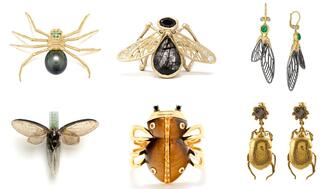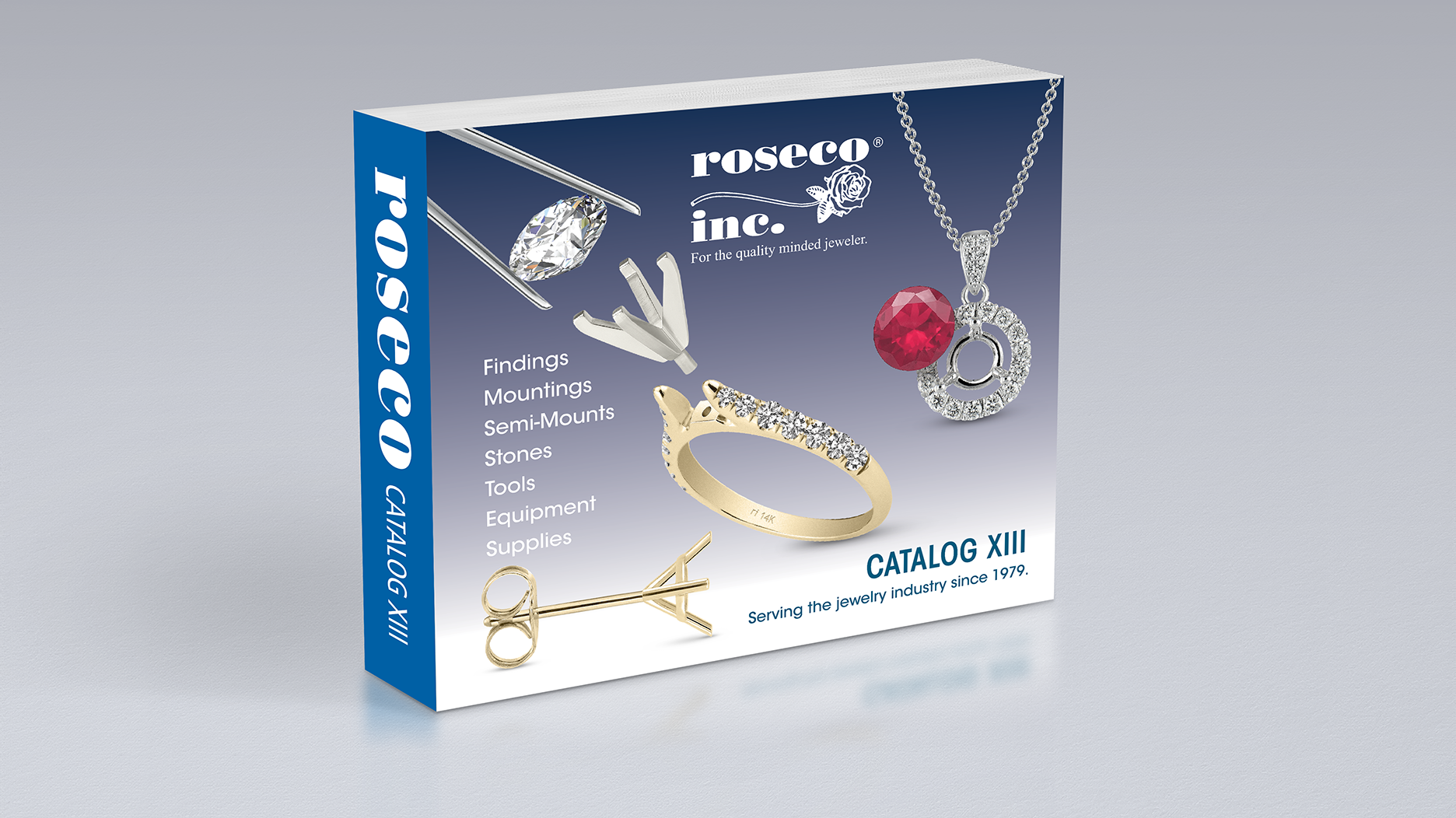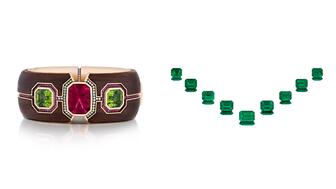Pink and purple stones were popular in the AGTA’s design competition this year, as were cameos and ocean themes.
Signet’s Plan for Tracing its Diamond Sourcing
The world’s largest retailer of diamond jewelry has launched an ambitious initiative that, over time, aims to assure that the millions of diamonds it buys every year come from identified sources.

New York--Signet Jewelers Ltd. has launched an ambitious initiative that, over time, aims to assure that the millions of diamonds it buys every year come from identified sources.
Announced at press conference held Tuesday at Jewelers of America’s headquarters in New York, the Signet Responsible Sourcing Protocol for Diamonds builds on existing diamond industry standards including the Kimberley Process, the U.N. Guiding Principles on Business and Human Rights, and the OECD’s Due Diligence Guidance for Responsible Supply Chains to have the retailer’s diamond suppliers map their supply chains more thoroughly than ever.
It’s an initiative that, at its root, addresses the U.S. government’s desire to ensure that consumer goods sold here aren’t tied to human rights abuses, the banking sector’s concerns with transparency in the diamond industry and the younger generations’ desire to know the origin of the products they buy.
“Today’s millennial expectations are very high,” David Bouffard, Signet’s vice president of corporate affairs, said in opening the press conference. “They want to know where the products came from, they want to know who’s made them, they want to understand the journey that the product’s taken as they make a considered purchase like a diamond engagement ring or any piece of diamond jewelry.”
In the protocol’s first year, 2016, the retailer is asking its diamond suppliers to work toward compliance by demonstrating that they are examining their supply chain and determining what proportion of their supply comes from “responsible sources,” Bouffard said.
Signet also expects all its diamond suppliers to join the Responsible Jewellery Council “at the earliest opportunity.”
This initial due diligence will, in turn, tell Signet what percentage of its diamond supply currently is traceable back to the industry’s known diamond producers, De Beers, Alrosa, Rio Tinto and Dominion Diamond, providing it a baseline from which it can map its progress.
By September of this year, Signet expects its suppliers to start classifying all the diamonds they provide to the retailer into one of four categories.
1) Single stone tracking. Individual diamonds supplied by or sourced from “identified and verified” diamond producers such as De Beers, Alrosa, Rio Tinto or Dominion, which mines diamonds in Canada.
2) Parcel tracking. Parcels of diamonds from sources such as those listed above that were not individually tracked but verified to have derived from these producers.
3) Mixed sources. This category allows for the mixing of diamonds deriving from a number
4) Other identified and verified sources. This category applies to diamonds that derive from a producer country or particular mine, originally sourced from companies other than De Beers, Alrosa, Rio Tinto or Dominion. This category includes diamonds mined by artisans.
In 2017, the second year of the protocol, supply chain audits likely will begin.
Bouffard said during the press conference that because Signet is conscious of potential “audit fatigue” among suppliers, it harmonized its audits with those already required by the RJC and De Beers’s Best Practice Principles, or BPP, so they all can be done at the same time.
Tuesday’s announcement raised a number of questions about the implementation of such a system; chief among them were the feasibility of sources reliably reporting the origin of their diamonds and the potential impact the protocol could have on smaller suppliers, particularly in a market where the midstream players already are struggling to remain profitable.
The one manufacturer present at the press conference, Michael Steinmetz of Leo Schachter Diamonds, said while he doesn’t dispute that the fact that there are going to be extra costs involved in implementing the protocol, they haven’t turned out to be significant for his company, although he added that he “can’t speak for those small manufacturers who can’t tell you where their goods are from.”
The speakers at Tuesday’s press conference also reiterated several times that the protocol is a work in progress.
“We don’t pretend that this is the perfect approach,” said John Hall, who worked as a consultant for Signet on the project. “We know it can be improved.”
This is the third sourcing protocol established by Signet.
The other two--for gold and for the “three Ts,” tin, tantalum and tungsten--were established after the federal government passed the Dodd Frank Act and its so-called conflict minerals provision in 2010.
The provision required that all publicly traded companies essentially map their gold supply chains and report to the Securities and Exchange Commission if any of the minerals they use originated in the Democratic Republic of the Congo or one of nine neighboring countries.
Bouffard said Signet did not lose a single supplier in implementing its sourcing protocol for gold.
When asked if he expects the same for diamonds, he said, “We intend to do everything we can (to keep them all) but we’ve got to understand the supply chain better.”
Signet’s entire Responsible Sourcing Protocol for Diamonds is available on SignetJewelers.com. The retailer said all companies involved in the diamond industry are free to adopt the protocol and apply it to their supply chains.
The Latest

All proceeds from the G. St x Jewel Boxing raffle will go to City Harvest, which works to end hunger in New York City.

Courtney Cornell is part of the third generation to lead the Rochester, New York-based jeweler.
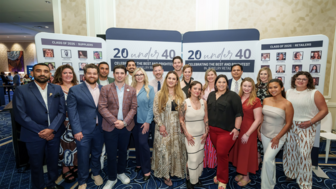
From educational programs, advocacy, and recent MJSA affiliation, Jewelers of America drives progress that elevates businesses of all sizes.

Former Signet CEO Mark Light will remain president of Shinola until a replacement for Ulrich Wohn is found.


Kindred Lubeck of Artifex has three rings she designed with Anup Jogani in Sotheby’s upcoming Gem Drop sale.

The company focused on marketing in the third quarter and introduced two new charm collections, “Pandora Talisman” and “Pandora Minis.”
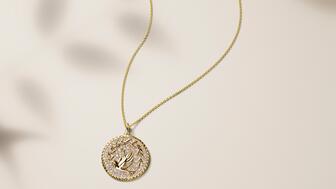
The jewelry retailer raised its full-year guidance, with CFO Jeff Kuo describing the company as “very well positioned” for the holidays.

Ahead of the hearing, two industry organizations co-signed an amicus brief urging the court to declare Trump’s tariffs unlawful.

Stuller COO Belit Myers will take on the additional role of president, with all changes effective at the start of 2026.

Smith cautions retailers against expending too much energy on things they can’t control, like the rising price of gold.
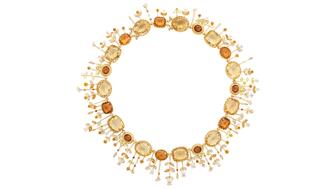
Citrine and topaz are birthstones fit for fall as the leaves change color and the holiday season approaches.

The family-owned jeweler will open its fourth store in Florida in late 2027.

The NYPD is looking for three men who stole a safe and jewelry valued at $3.2 million from the home of a jeweler in Jamaica Hills, Queens.

The trade organization also announced its executive committee and five new directors.

The “Have a Heart x Diamonds Do Good” collection is championed by model and humanitarian Flaviana Matata and will benefit her foundation.
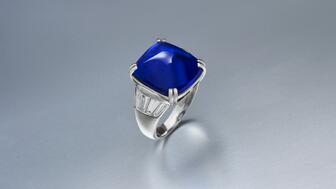
The ring, set with a nearly 17-carat Kashmir cabochon sapphire, sold for $1 million.

This “Mother Father” spinner necklace from Heavenly Vices Fine Jewelry draws inspiration from Victorian Era jewelry.
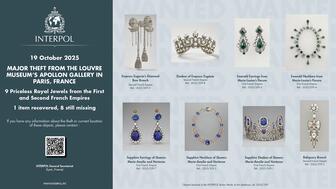
The suspects were rounded up in Paris and its suburbs on Wednesday night, but none of the stolen jewels were recovered with them.

Experts share top tips on how to encourage positive reviews and handle negative feedback.

Sponsored by the Gemological Institute of America
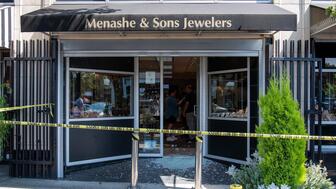
The suspect faces charges in the August robbery of Menashe & Sons Jewelers and is accused of committing smash and grabs at two pawn shops.

The “Lumière Fine” collection was born from designer Alison Chemla’s interest in the transformative power of light.
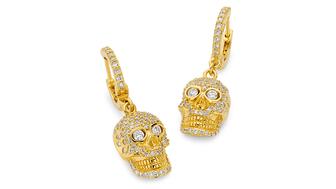
Show off your spooky side with these 12 festive jewels.

The “Brilliant & Beyond” panel coincides with the “Love & Marriage” exhibition curated by Davis Jewelers in Louisville, Kentucky.

Consumers are feeling more optimistic about their present situation while the short-term future remains a little scary.




